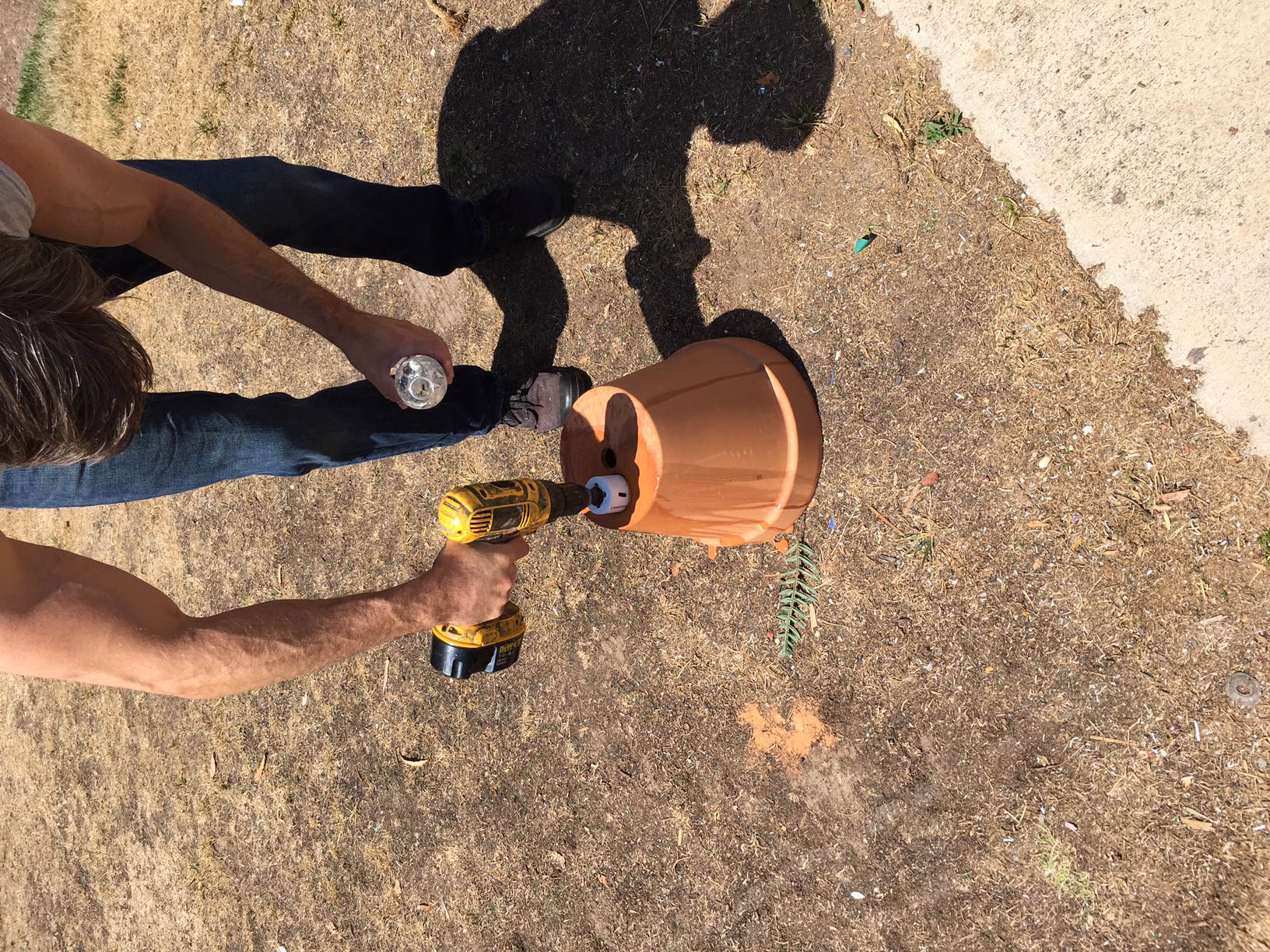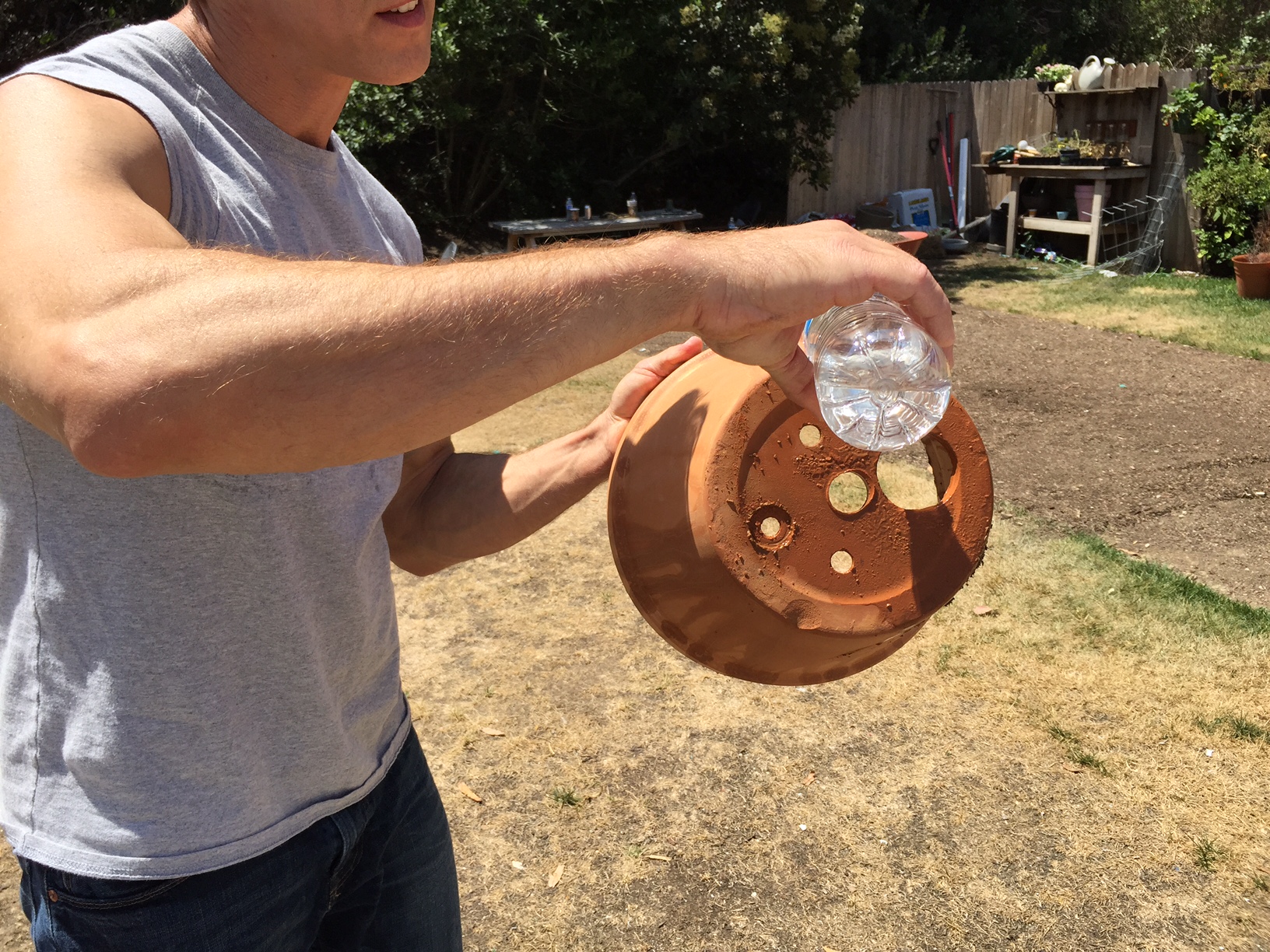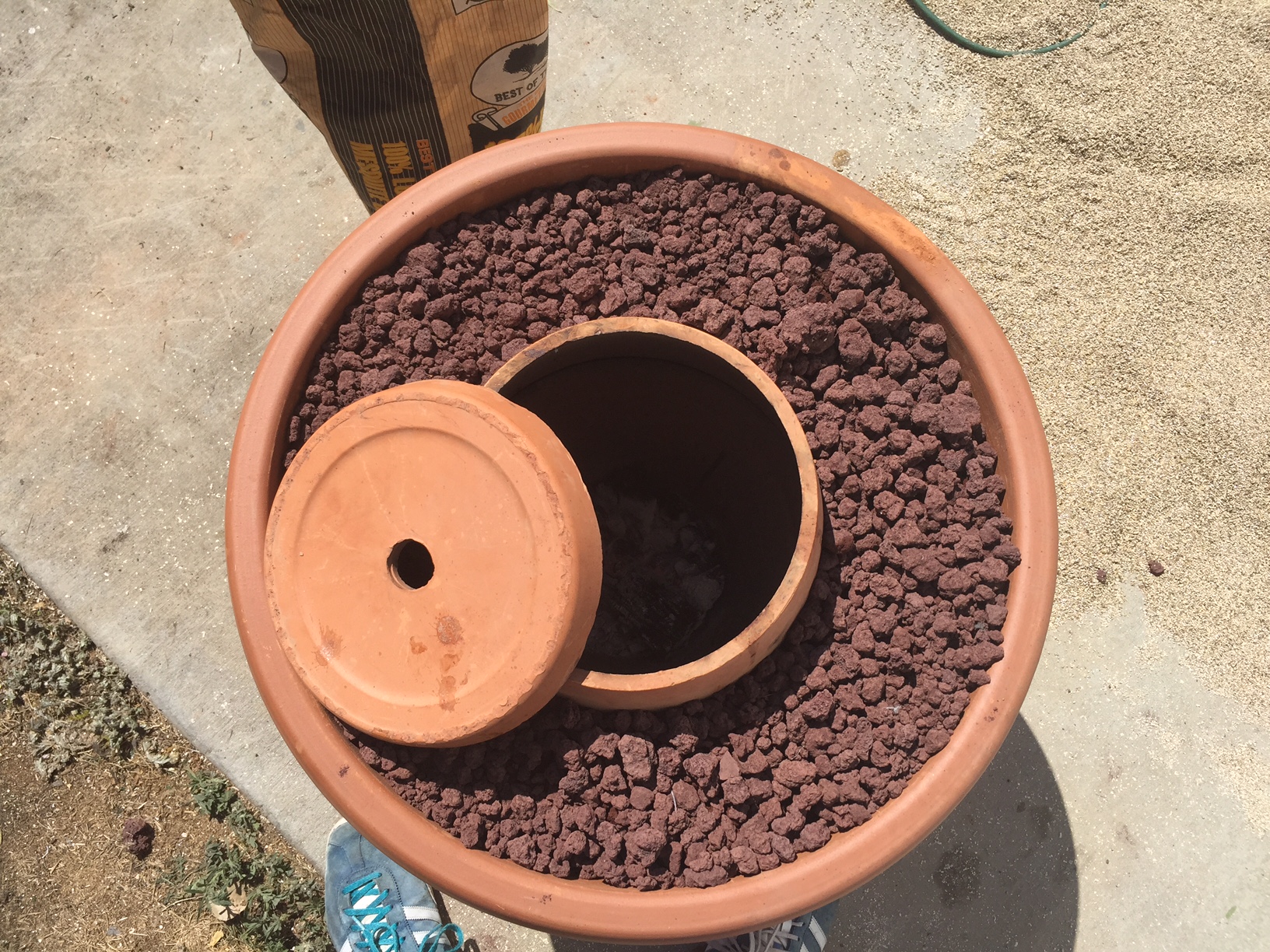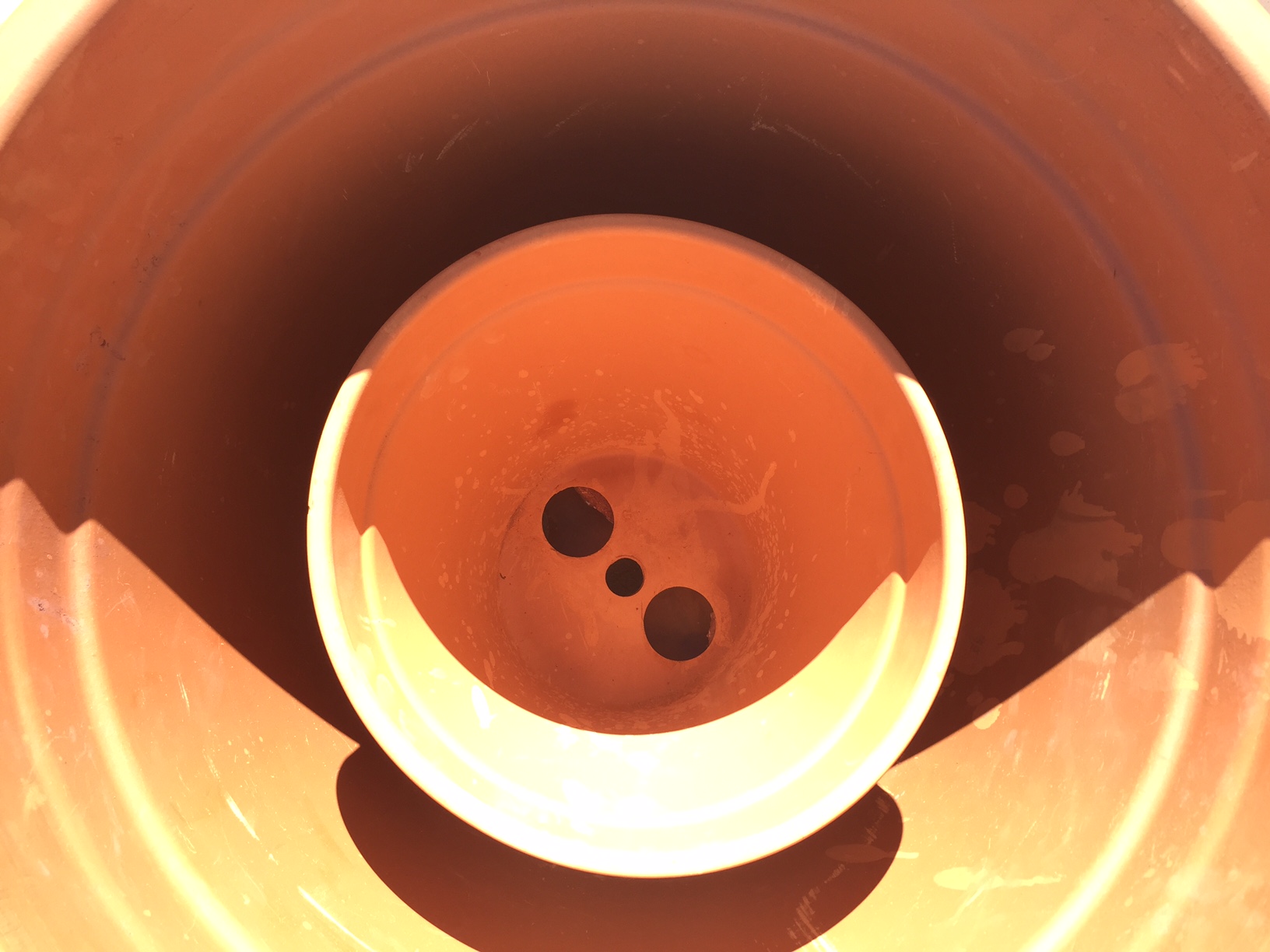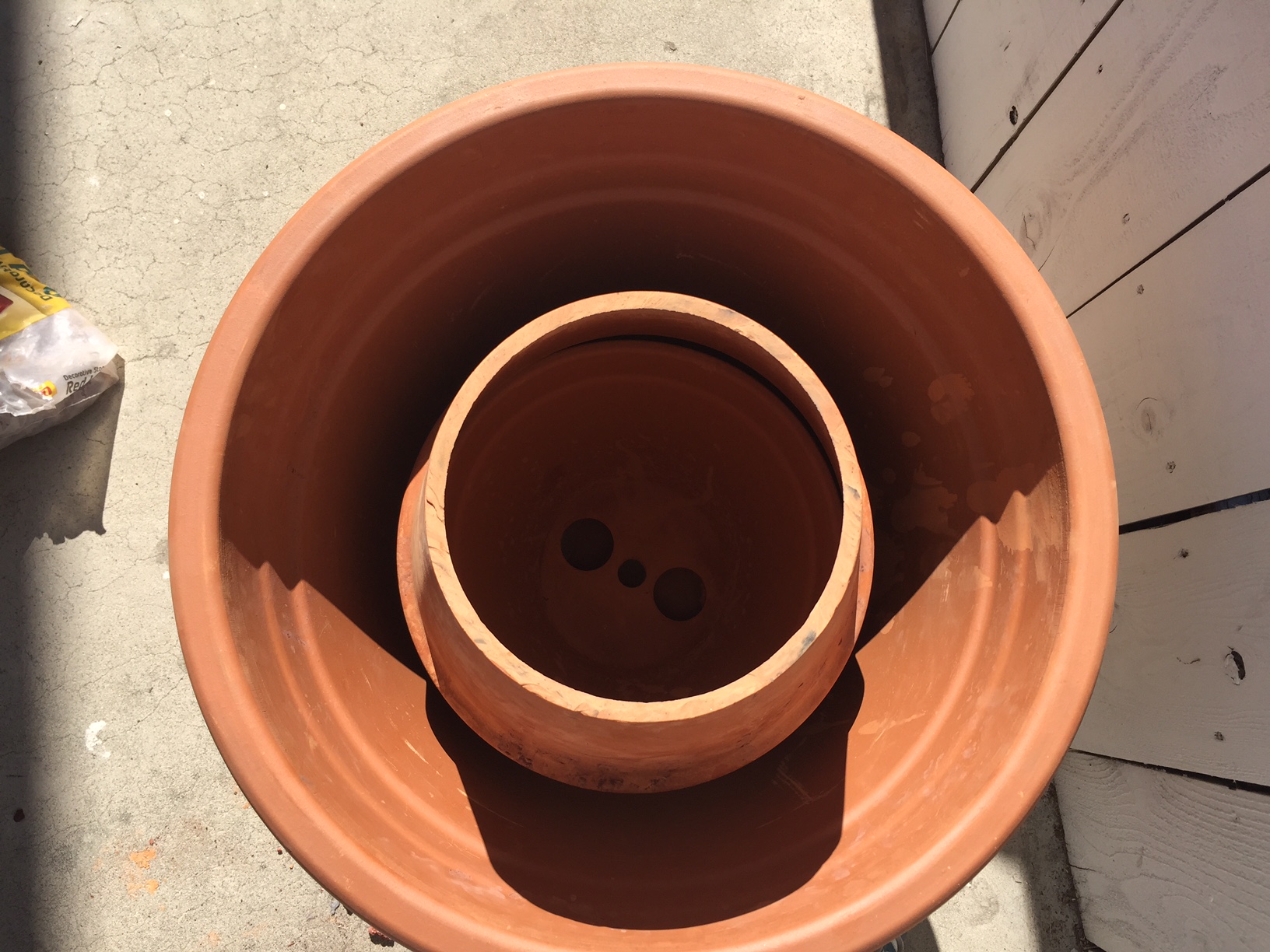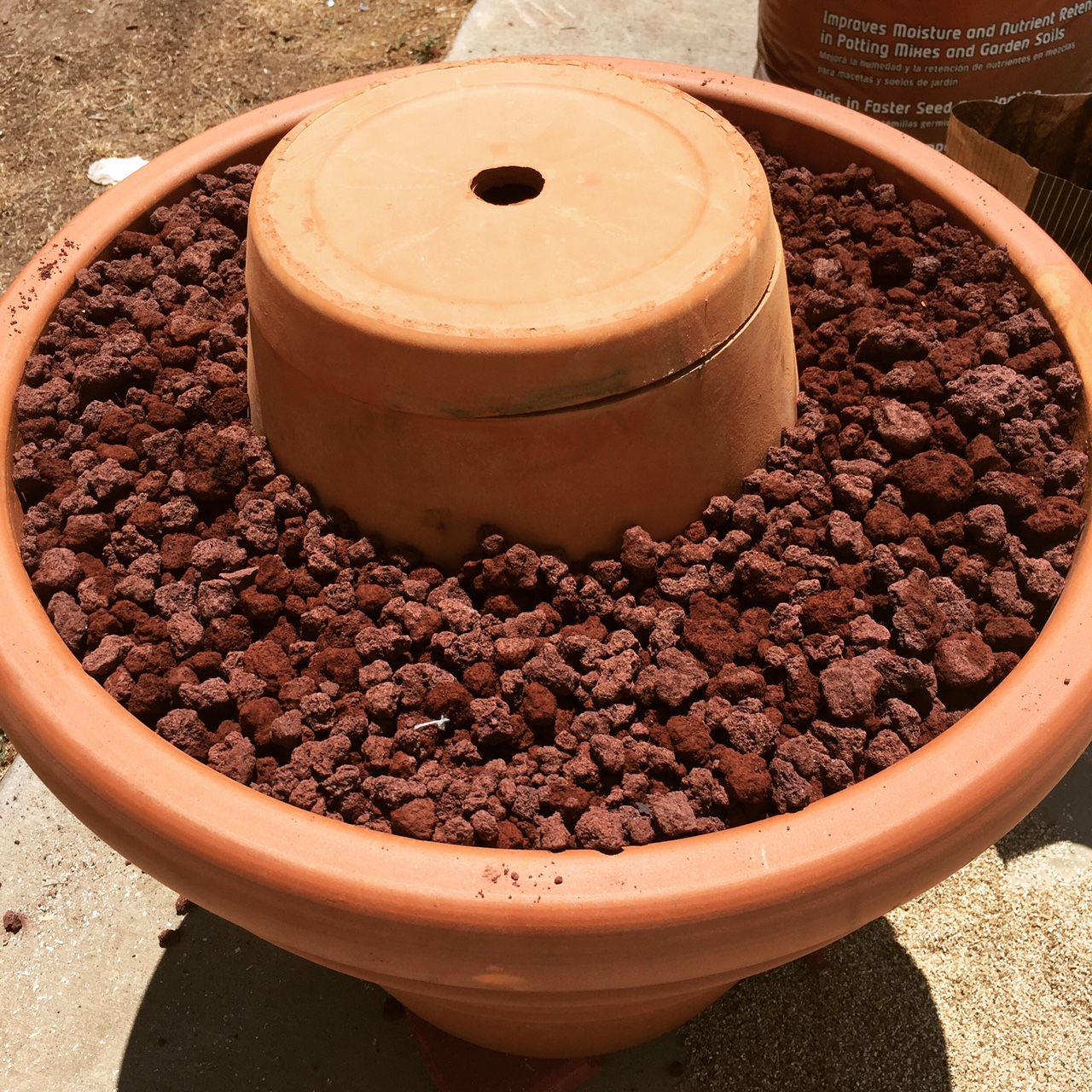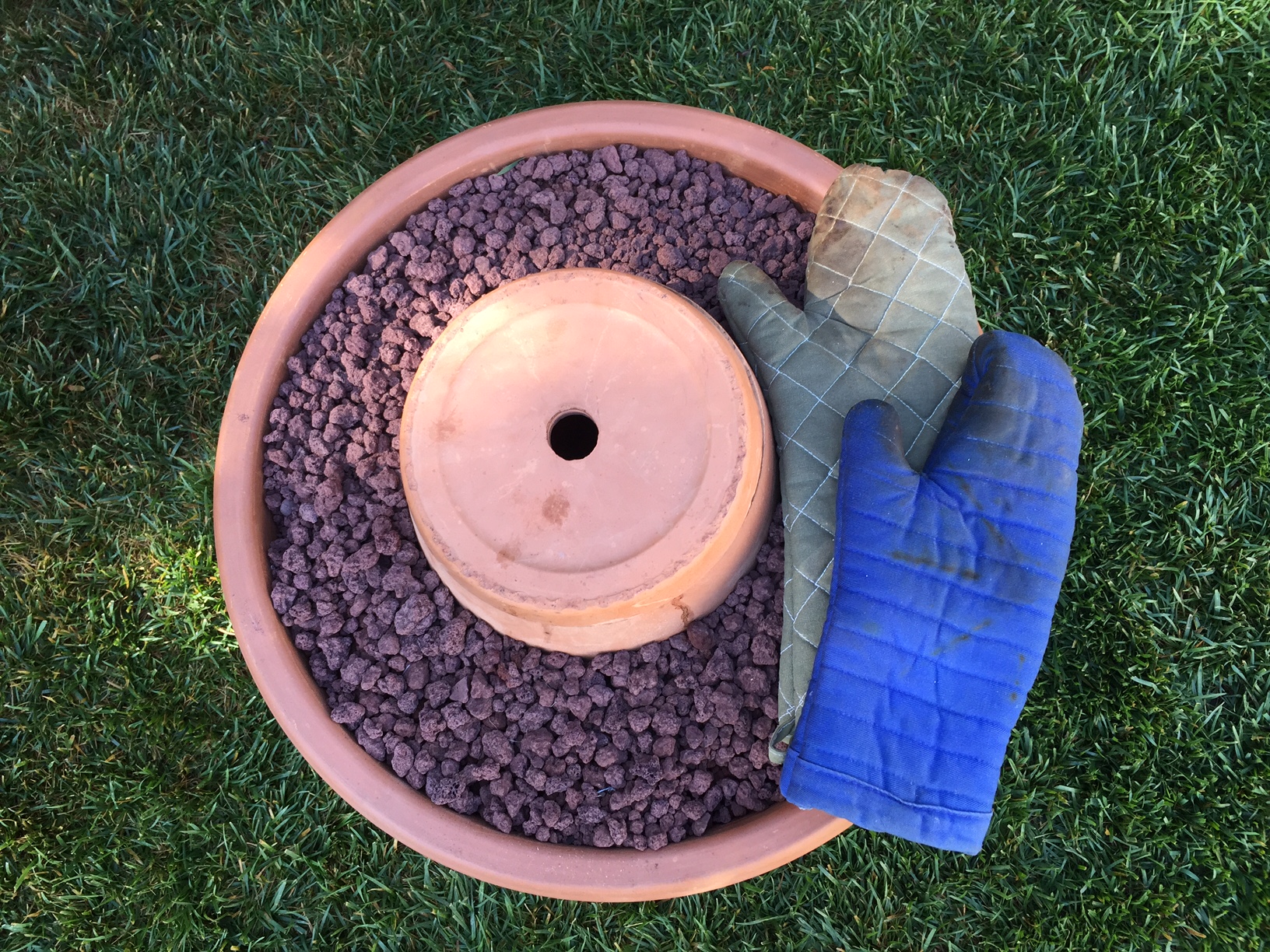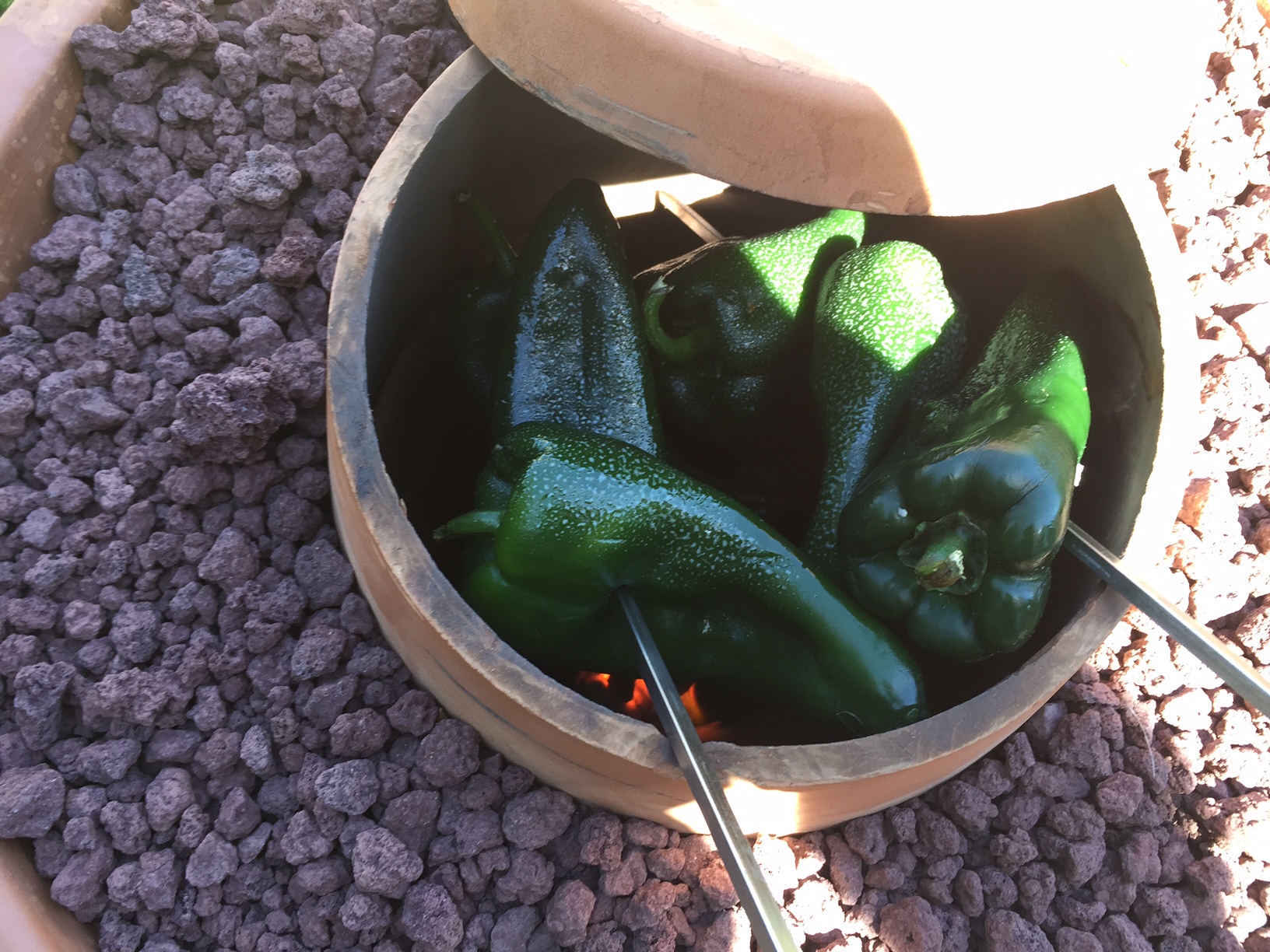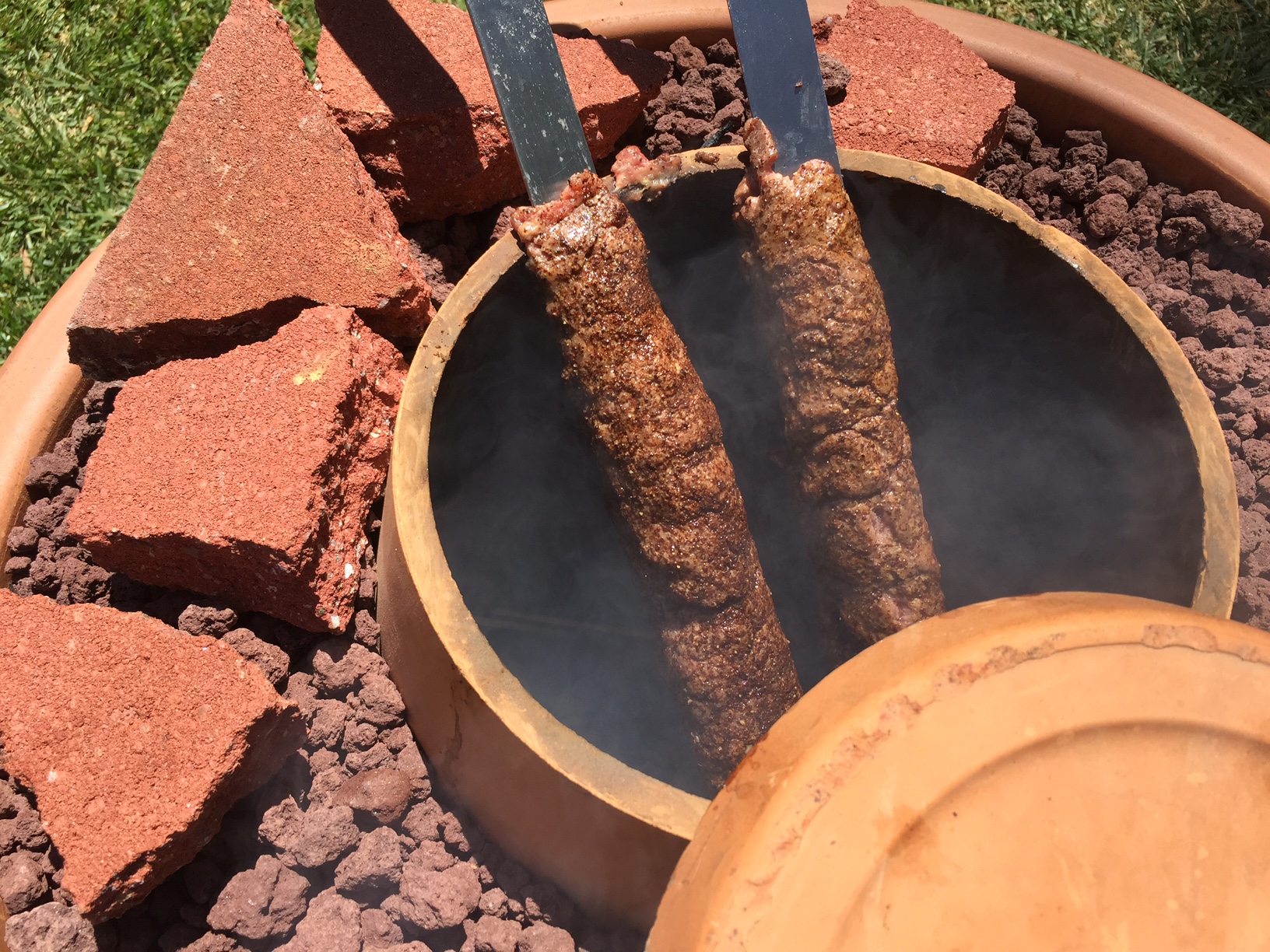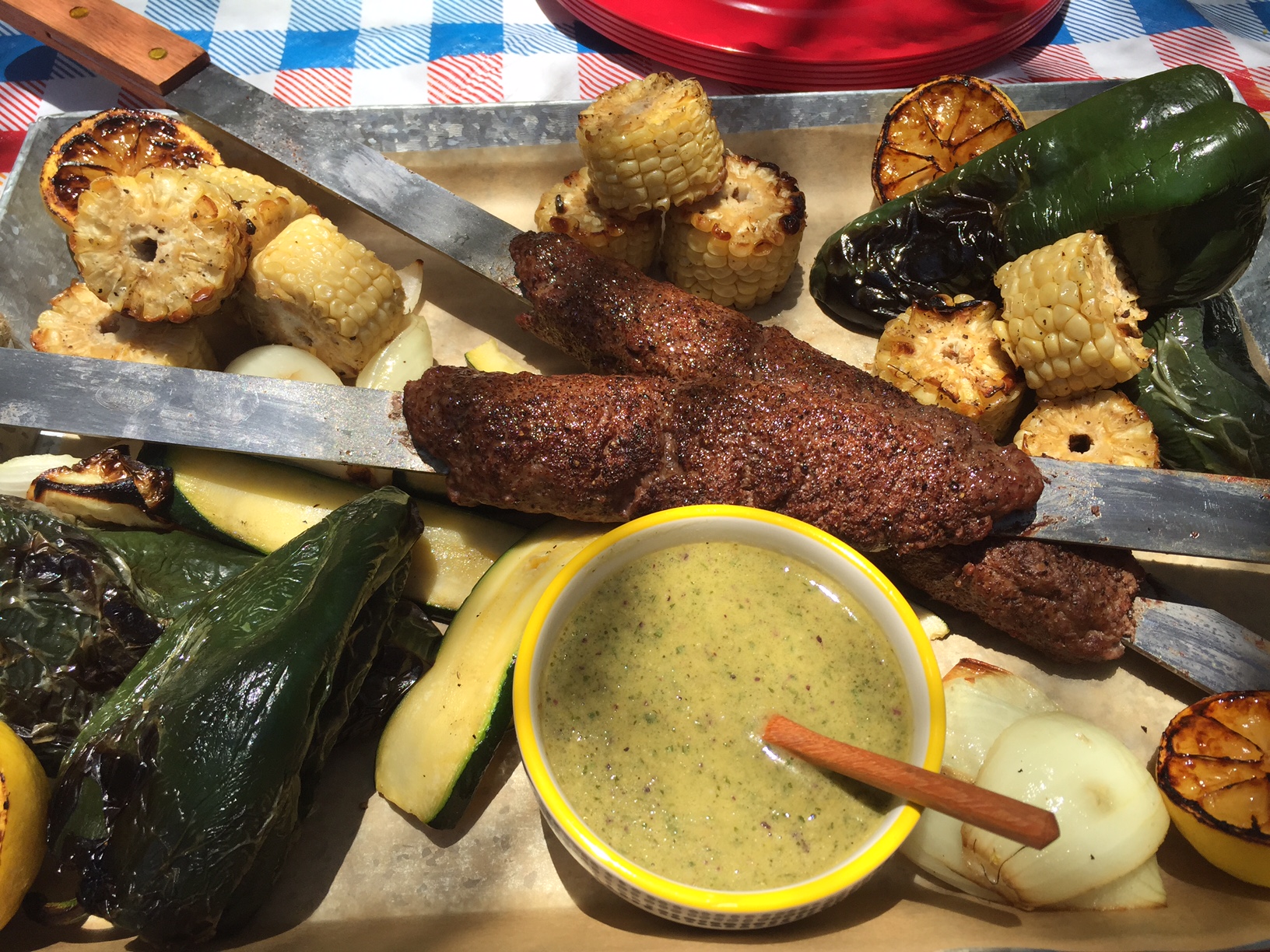I have never been a grillmaster. In my mental history of backyard bbq's, freewheeling picnics, and holiday-weekend cookouts I am remarkably absent from that heated position. Instead I busy myself with the accoutrements that make a meal. I love summery salads, I am beguiled by snacks. And the things I would do for a ripe watermelon are unmentionable (on a site like this). But I rarely stand behind the flames, tending to meat and vegetable.
Tandoor Garlic
That position is frequently filled by some testosterone dummy, brandishing tongs and a bottle of lighter fluid like a Spartan. Dads, grads, dudes, and bros, they are culturally informed that their culinary apogee is here, staring into the fire, providing sustenance for a crowd. But before I fall too far down a heteronormative rabbit hole of stereotypes, I must pay attention to my favorite grillmaster, my dear friend KO. She is a woman of distinction behind the smoldering coals and my last Summer in Brooklyn was spent dining riverside, weekly enjoying her outdoor celebrations. Grilling is not a gendered activity, it is a mindset. And this is the Summer that I learn its value.
The vessel.
But instead of investing in a grill I set out to build something more historic (why buy what you can make?). Humankind has been cooking over open flame for thousands of years, and the paraphernalia we have developed to allow such activity is wide and varied. For this adventure, then, I flip the pages of my atlas to India, Persia, and the Caucases (a region comprised of Russia, Turkey, Iran, Armenia, and more). This is how to build a Tandoor.
A tandoor is a traditional clay oven. Long ago, when we as a species lived in small huts, cooking was done communally in a large central oven. These were often earth ovens, pits dug into the ground and filled with smoking and smoldering wood. As we became more mobile, these ovens were lifted out of the ground and made smaller so that a family might even have one of their own. And now the tandoor steps into the picture. Heated just like the earth ovens of old, tandoors were smaller and more portable (though still not terribly easy to transport).
The concept is simple: a clay vessel is insulated, then wood or coals are burned inside at the bottom. When lidded, the container can reach astonishing temperatures (500-800 degrees). Meats, and veggies are cooked inside on skewers while breads are often slapped directly onto the clay walls.
Cold air intake at the bottom of the vessel creates a convection current inside. As it hits the coals, that air warms up, becomes less dense and circulates up inside the cylinder. The air previously at the top has had some time to cool down and falls back to the coals. Convection heat is energy transferred through currents, in this case air currents. Slowly the clay begins to absorb and emit some of that ambient, circulating, insulated heat (a process known as radiation). With just a few resources it is possible to build a strikingly efficient convection oven, something you might pay for dearly in modern kitchen design.
Below are the simple steps needed to make a tandoor. Get busy.

